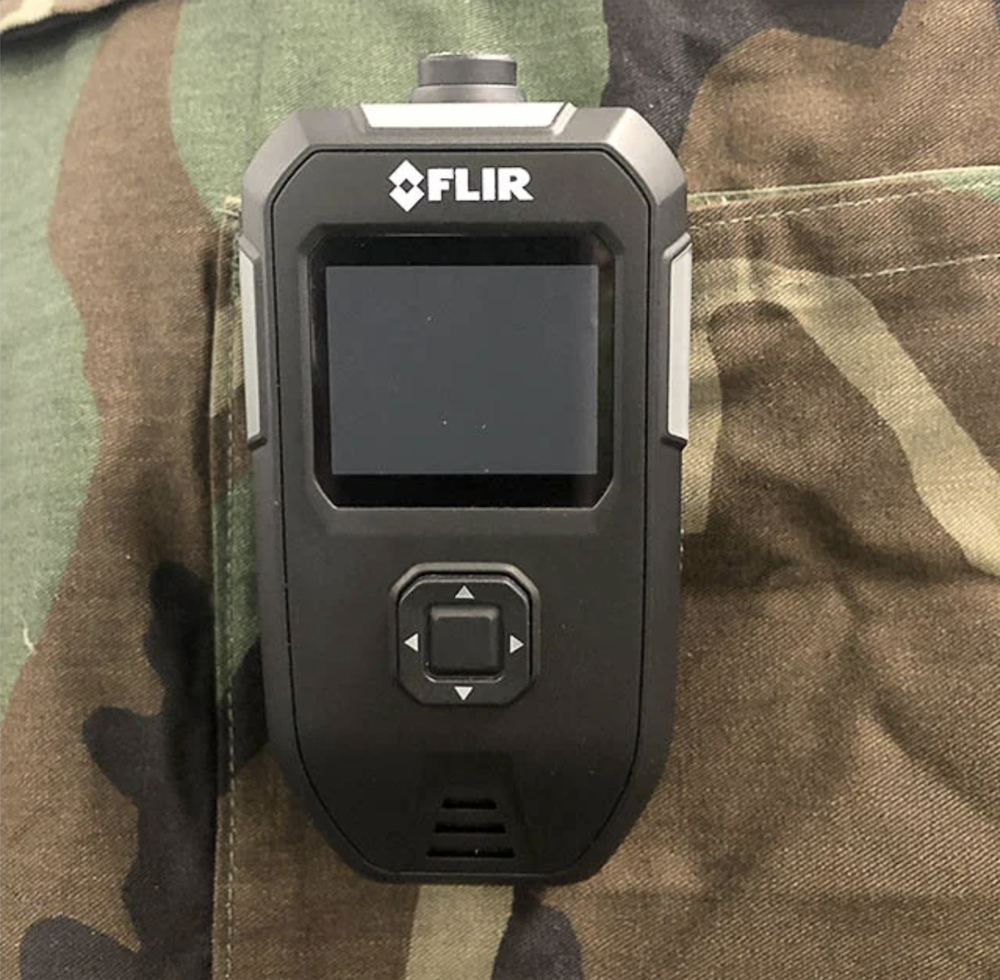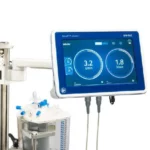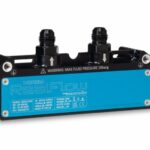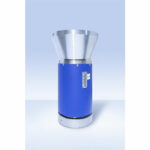
The Pentagon’s Compact Vapor Chemical Agent Detector (CVCAD) program has chosen Teledyne FLIR to develop the first mass-wearable chemical detector for U.S. troops in a contract worth $4.0 million in initial funding.
Teledyne FLIR will produce a unique dual-sensor device that detects chemical warfare agents and toxic industrial chemicals, as well as flammable gases and enriched or depleted oxygen levels that may indicate an explosive atmosphere.
These new, lightweight CVCAD sensors will provide individual protection for every warfighter as opposed to troops relying on mostly larger devices and alarms that alert entire units of chemical hazards.
The detector will determine if the air is safe to breath and if troops can fire a weapon without concern for explosion, especially in confined spaces.
The sensors also can be integrated on an unmanned aerial system for remote reconnaissance.
“This is an important effort for our nation’s chem-bio defense program as toxic weapons represent a serious, growing threat to our military personnel,” said Roger Wells, VP and general manager of Unmanned Systems & Integrated Solutions at Teledyne FLIR.
“Putting a wearable CVCAD sensor on all warfighters will offer an unprecedented level of chemical threat awareness, enabling them to perform their primary mission with far greater safety.
“The award underscores our expertise in intelligent sensing, unmanned systems, and other mission-critical technologies Teledyne FLIR delivers to safeguard lives,” Wells added.
CVCAD is a program of record funded and jointly managed by the U.S. Defense Threat Reduction Agency’s (DTRA’s) Joint Science and Technology Office, and by the Joint Program Executive Office for Chemical Biological and Radiological/Nuclear Defense (JPEO CBRND).
CVCAD is the fourth installment in the Next Generation Chemical Detector series of programs aimed at fielding a family of improved chemical detectors to U.S. Joint Services, as well as the third award Teledyne FLIR has received in the series.
CVCAD is a Joint Other Transaction Authority (OTA) Program designed to rapidly mature prototype devices under DTRA guidance and then transition them to JPEO-CBRND for advanced development and procurement.
The five-year contract consists of a 12-month first phase, 10-month second phase, plus two follow-on options. Work will be performed at company locations in Pittsburgh and Oak Ridge, Tennessee.






